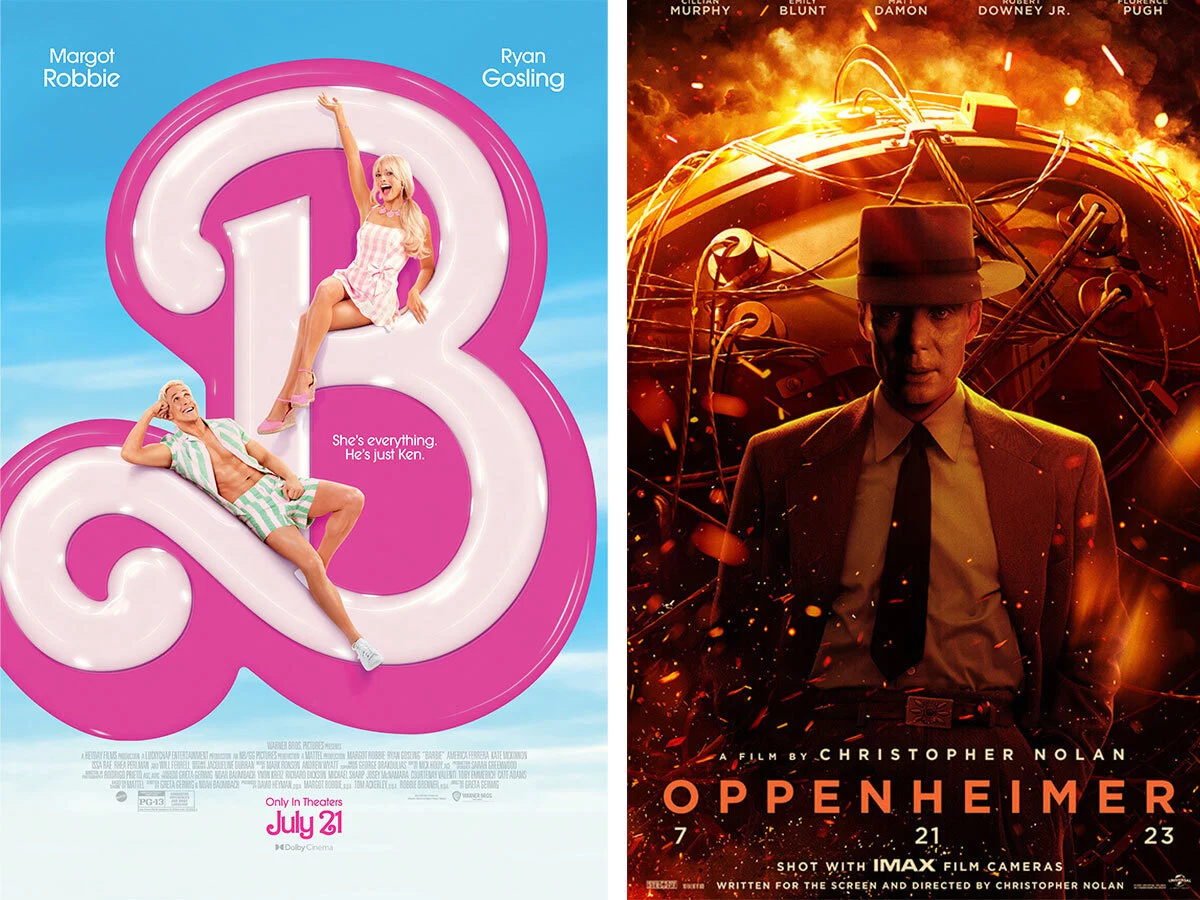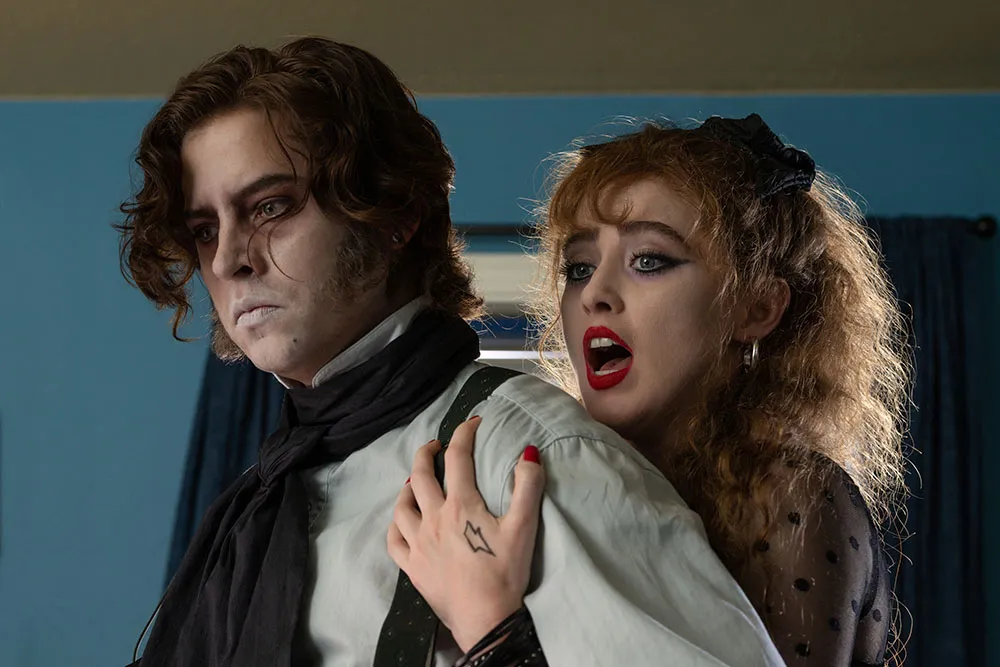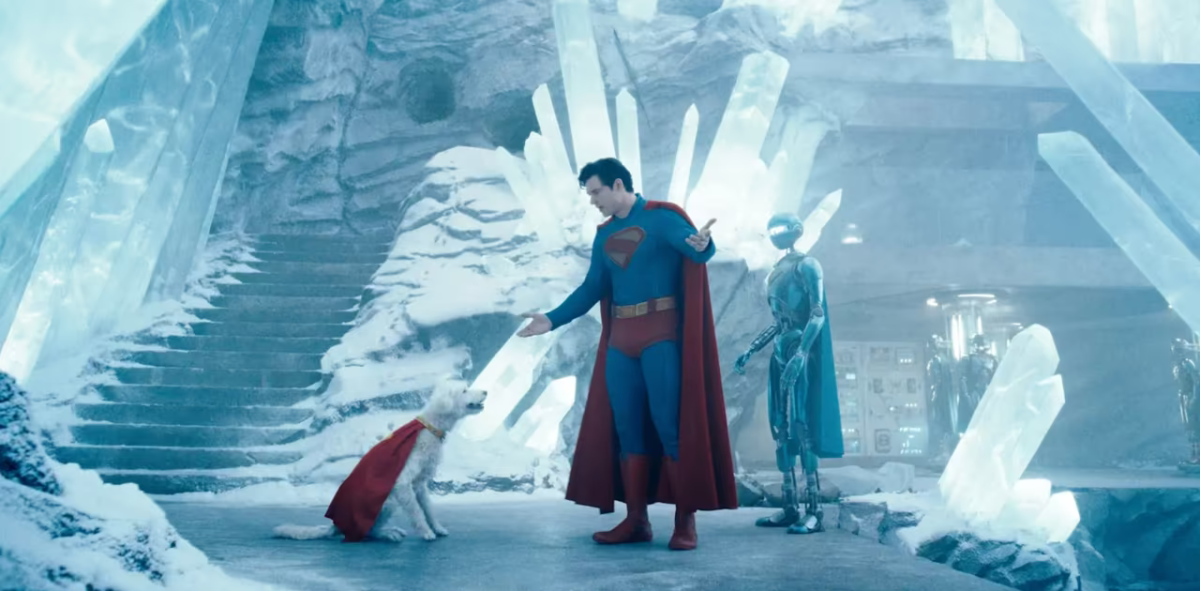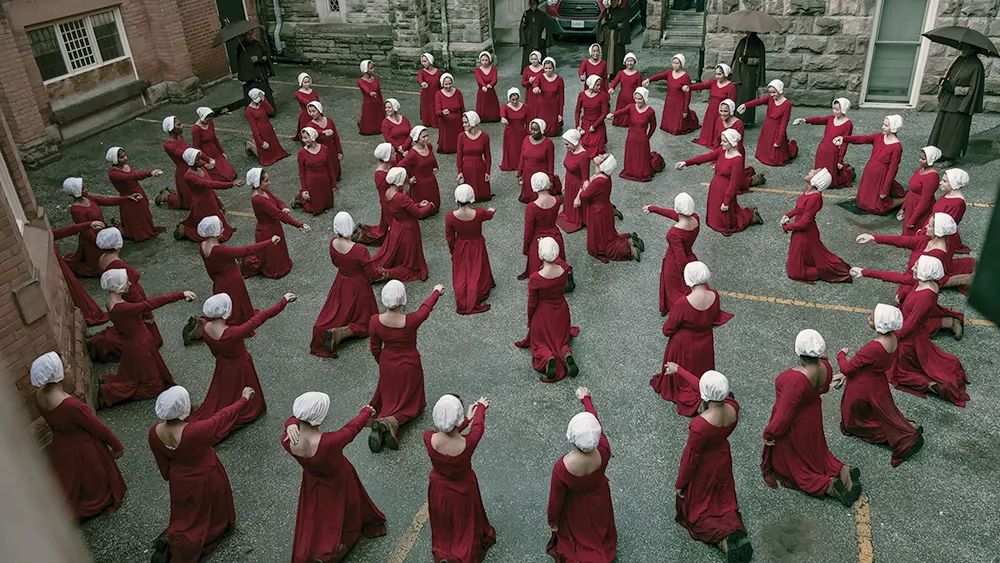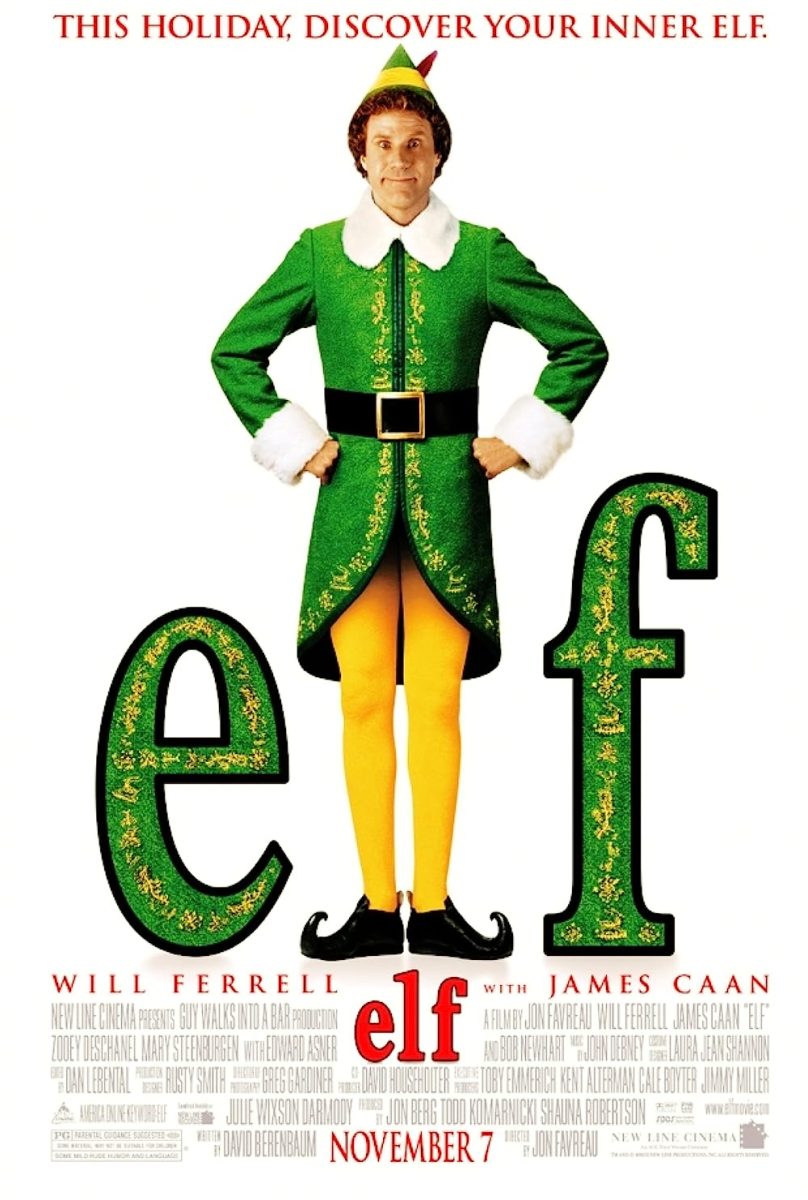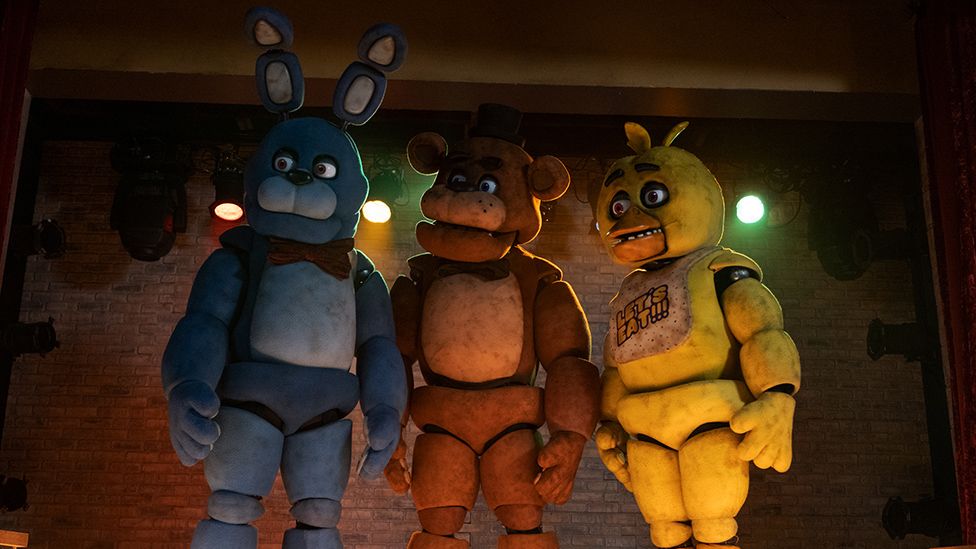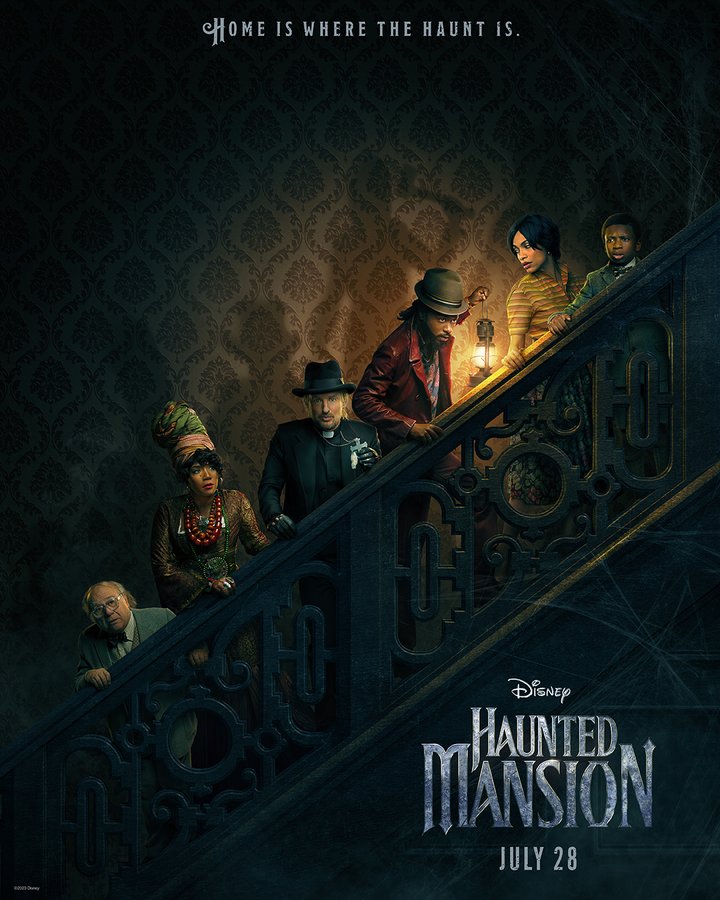Poppy pinks and dreamy fantasies are merged with the brutal and mature themes history has created within the fan-titled “Barbenheimer” hype. Visual differences and artistic choices aside, “Barbie: The Movie” and “Oppenheimer” both display the effects of patriarchy and its harm to society.
Beginning with Barbie: she’s classically regarded as an empowering figure for young girls nationwide and shows them they can be anything. With the uprising of feminist beliefs, Barbie has begun to be considered a harmful stereotype by advertising unhealthy consumerism, unrealistic beauty standards, and sexualization of women. Greta Gerwig, Director of “Barbie: The Movie,” has incorporated both the intentions and controversies revolving around Barbie within the movie, while including the unifying trauma of womanhood in today’s society.
“Barbie: The Movie” portrays Stereotypical Barbie (played by Margot Robbie) living in harmony in Barbieland, alongside the other Barbies and Kens, until she begins gaining cellulite and intrusive thoughts of death. Ken (played by Ryan Gosling) and Barbie then travel to the real world to settle things with the little girl causing these happenings while Ken gains knowledge on historical and modern patriarchy. With this newfound knowledge, Ken returns and teaches his findings to the other Kens, and rebrands the land to Kendom. Barbie and her new human friends help reclaim Barbieland by helping the Barbies regain a sense of stability in the process. Once the reign of Ken crumbles, Ken and the others go through similar character development with the help of the Barbies.
To support this rendition of womanliness, Gerwig visualized a collage of videos depicting influential women submitted by the staff behind the production as Billie Eilish’s song “What Was I Made For?” played in the background, while Barbie contemplates her essence. This moment in the show left several valuing their femininity and deflecting the standards held for women in civilization today. Many critics mistake this film for being “anti-male” when, in nature, it’s “anti-patriarchy.” Defining this as “anti-male,” the story would have quit after defeating the Kens, but instead, he gains an arc that helps him find stability without Barbie.
Meanwhile, the biopic “Oppenheimer” follows the title character Robert J. Oppenheimer and his conflicting beliefs throughout the evolution of the atomic bomb. It exhibits the backstory of young Oppenheimer and his scientific and mathematic discoveries found within Europe up to older Oppenheimer and his involvement with the sequences of World War II. Not only does it portray Oppenheimer’s point of view, but it also reflects General Strauss’s morals about Oppenheimer and the bomb. As the story unfolds and we learn more about Oppenheimer, the question arises of who’s morally correct and who’s corrupt. It’s implied to the audience that they are the ones to decide who’s the villain.
The fan-acclaimed “Barbenheimer” hype tie into each other in a way. “Oppenheimer” is a direct example of the damage patriarchy causes, while “Barbie: The Movie” ceases the patriarchy in a fun, campy way. Both motion pictures leave the audience self-reflecting, whether it be their morals or identity. In the end, it comes down to personal preferences.



